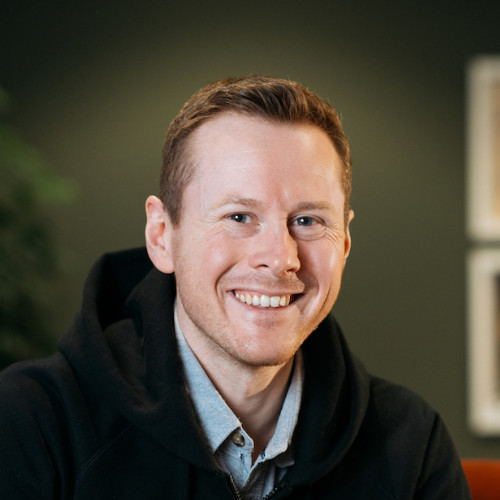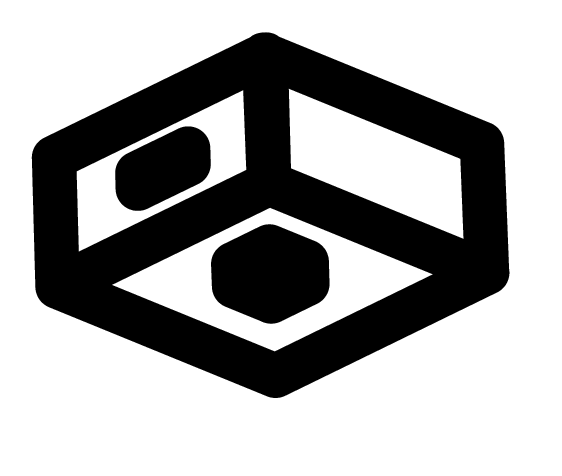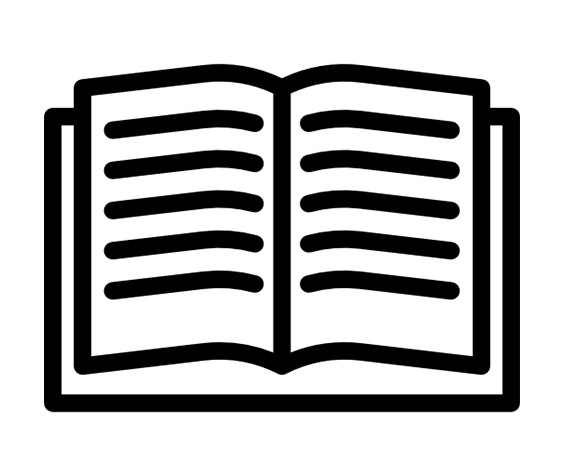How Mat Rule and Toca are resolving new needs that old legacy systems can’t respond to and helping clinicians get back to their core function – patient care
Posted:
By Teresa Murray freelance writer Healthtech and Giant Health Conference Writer
One thing that has frustrated Mat Rule throughout his career, is technology that gets in people’s way. Mat worked as a consultant for major companies during the digital transformation era. He saw his fair share of lumbering, over-complicated technological solutions that cranked and creaked and didn’t always solve the problems they were
supposed to.
Also, many had too steep a learning for a lot of the staff trying to get their jobs done. As an engineer, this lack of user-centricity bothered Mat. He had been around long enough to know it didn’t have to be like that.
Mat had always had the entrepreneur bug and dreamed of building his own company. He had been “incubating” the idea for Toca for a long time before finally making his
move.
Fuelled by his experience, he set about designing ways bring easier to use and more effective solutions to digital transformation. He wanted to resolve complexity with
simplicity.
Mat entered the world of no-code apps and automation and built a platform that was easy for companies to use to connect and integrate their systems, automate business processes and build apps with which to interface with these systems.
Toca is all about speed and ease of use; solutions can be built up to 20 times faster just using drag-and-drop components. No-code essentially means that organisations no longer need to rely solely on traditional software development. This eases pressure on high-coders and helps overcome the rising skills shortage.
Mat’s past experiences shaped his vision for Toca. He had seen first-hand the reluctance of large organisations to move away from the legacy systems they had
invested heavily in over the years. He had also seen his fair share of patch-type solutions put in place to fix problems generated by new needs that old systems cannot
resolve. Problems for businesses and clients alike.
Mat sought to build a solution.
Toca began as an automation solution, making use of Robotic Process Automation (RPA) technology. Very quickly, Mat realised that RPA alone was not enough to
support organisations on their digital transformation journey.
Once organisations have tackled the challenges associated with systems integration and automation, people need the ability to access and surface data. Using simple drag-and-drop components organisations can build apps using Toca and can seamlessly integrate them with automation projects.
So, what can Toca do for businesses and organisations?
Organisations are under more pressure than ever to undergo real digital transform. IT departments are struggling to keep up with demand hampered by data silos, a
shortage of skills, legacy technologies and unoptimised business processes. High code developers are in urgent need to build the applications, integrations, and automations needed for digital transformation. In addition, the ecosystem that digital transformation relies on is increasingly complex and disjointed.
While RPA has been successful in helping businesses start their digital transformation journeys, the technology is built on ageing foundations, requiring time, money and
high code developer skills to implement. As a result, digital transformation projects continuously fail.
Toca enables organisations to build apps, connect systems and automate processes, fast. Toca’s no-code apps and automation platform helps to deliver digital
transformation projects quicker and at lower cost.
Healthcare is just one example of a sector undergoing significant investment in technology and transformation. The sheer volume and diversity of systems in the NHS means that interoperability is a significant challenge. Admin and clinical staff are having to spend large amounts of time battling old systems and undertaking hours of manual admin, when integration and automation can free up their time. Time to focus more on patient related work.
Toca is working with the NHS to do just that.
When Mat thinks about technology he doesn’t see the overarching goals being to remove the mundane from our daily work. For Matt technology’s added value lies in helping organisations to reimagine business processes, to drive efficiency and to meet customers’ expectations of seamless, speedy customer service.
No code is very much in vogue today but Mat has this to say on the subject.
He sees two distinct markets. On one side, you have the RPA companies, and on the other side you have the no-code or low-code apps platforms.
The problem from Mat’s perspective is that there are very few companies joining these two worlds, so each side is only providing a partial fix to the set of problems
businesses and customers are experiencing.
His company, Toca, is one of the few that has had the vision to join up these two worlds. This is a key success factor because today most companies still rely heavily on
legacy systems. Paying developers to customise integrations is costly in time and money. But for Mat, it’s not just about the integration problem. Companies need to be able to keep innovating and transforming to keep up with the demands of a fast-paced changing world. They need agile, customisable solutions that allow them to pivot, flex and to maximise the opportunities presented.
That is what Mat and Toca are doing today.
Mat knows that people don’t want to have to take the long way around. They want to walk the path of least resistance. That is human nature. He also understands that companies don’t want to pay out millions on new systems or digital solutions that do not really solve their process problems or meet customer expectations.
Coming back to healthcare, when sitting across from your clinician, you would expect them to have your up-to-date information to hand, and for them to have instant
access about where you are on your treatment journey - Toca can make that a reality.
Toca has already built solutions for complex clinical journeys, such as cancer pathways. Not only that, multiple and diverse clinical systems have been Integrated allowing for the updating of records and flagging patients either in need of review or who have breached treatment timescales. The solution, built in just 2 weeks, offers instant visibility into where patients are on their treatment journey.
All this translate into huge time savings, substantial resource rationalisation and the most important element of all - enhanced patient care.
Mat has managed to make his vision a reality. And then some!


 Attendees
Attendees
 Sponsors and Exhibitors
Sponsors and Exhibitors
 AI In Healthcare: A Virtual Course
AI In Healthcare: A Virtual Course
 Contact us
Contact us